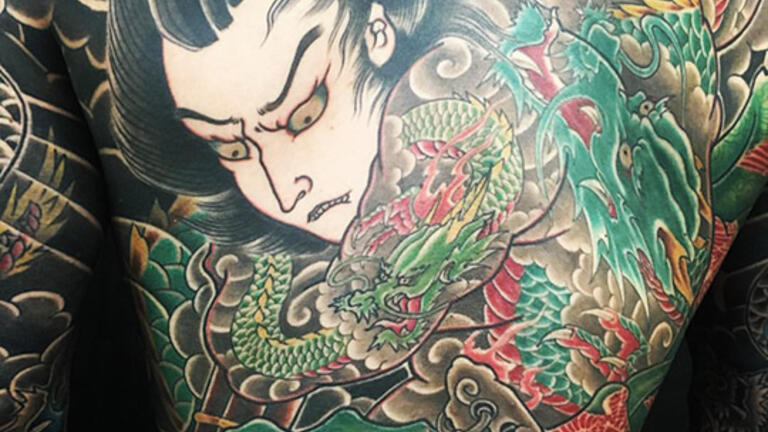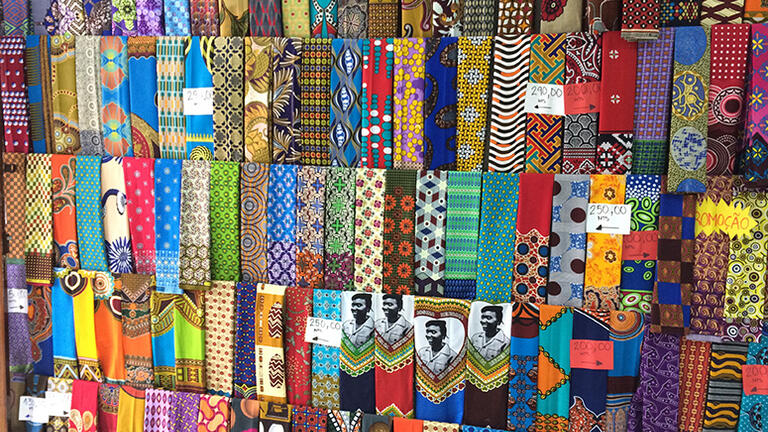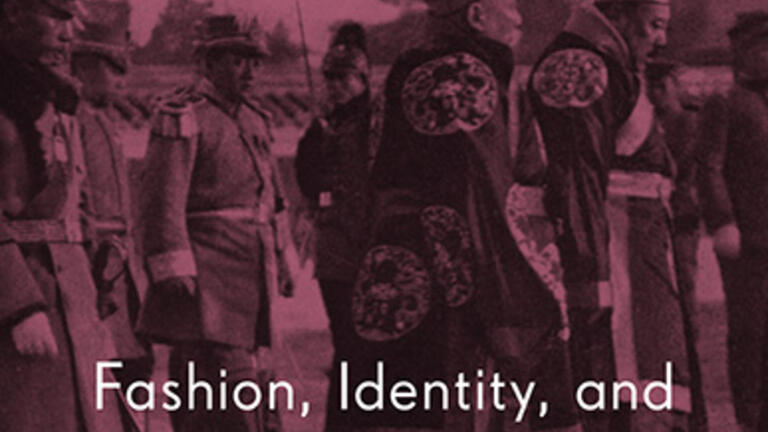
Fashioning Asian Identities
The USF Center for Asia Pacific Studies announces the publication of the latest issue of its journal, Asia Pacific Perspectives. This special issue, “Fashioning Asian Identities” highlights the dynamics and tensions around the intersections of personal expression, identity, and culture in the Asia Pacific region and beyond. The articles are viewable now free of charge via open access at the journal’s website or the issue landing page.
This issue offers readers three examples of innovative new research on cultures of dress, clothing, fashion and the formation of identity. Topics range from the history of tattooing in Japan, to fashion exchange between China and Mozambique, to the phenomena known as cosplay. Two of the papers in this issue were first presented at the Center’s spring 2018 programming on tattoo cultures in the Asia Pacific and its April symposium, “Fashioning Asian Identities,” which explored the links between dress, fashion and identity in modern and contemporary East Asia.

In the issue’s feature article, Fashioning Tattooed Bodies: An Exploration of Japan’s Tattoo Stigma, John M. Skutlin explores the history of tattooing in Japan, its stigma, and how tattooees today manage their stigma. Skutlin’s work reveals how tattoos have evolved throughout Japan’s history, noting important shifts in perceptions and attitudes towards tattooing - from positive to negative after contact with the Chinese, to being considered barbaric by the Westernizing Meiji government, to the association of tattooing with the yakuza, to the rise in popularity of Western style “fashion tattoos” and the continued need for tattooees to use “reconciliatory strategies” to conform to Japanese social and cultural demands.

In "It's Is Good to Have Something Different”: Mutual Fashion Adaptation in the Context of Chinese Migration to Mozambique, Johanna von Pezold addresses China’s rising influence in Africa through the lens of fashion exchange in Mozambique. Through field research and interviews on the ground in markets in Mozambique, von Pezold examines what motivates Chinese and Mozambicans to adopt foreign fashion elements from either side. Her study provides important insight into fashion exchange between non-Western countries and adds depth to our understanding of Chinese soft power in Africa.

In Fashioning the Embodied Liminal/Liminoid Self: An Examination of the Dualities of Cosplay Phenomenon in East Asia, Anne Peirson-Smith explores the increasingly popular phenomena of cosplay (costume-play). Based on fieldwork conducted in Hong Kong and Macau, Peirson-Smith’s study reveals the motivations, challenges, and rewards behind cosplayer’s acts of performance and their “fantastical fashioning” and creation of a “spectacular self."

In this issue’s book review feature, Barbara Molony introduces us to Kyunghee Pyun and Aida Yuen Wong’s edited volume, Fashion, Identity, and Power in Modern Asia (Palgrave Macmillan, 2018). This collection of 14 essays explores “the intersection of Western clothing, accessories, hair fashions, and fabrics with existing local versions of those aspects of dress and representation of the body” through the themes of garments and uniforms, accessories, fabrics, and fashion styles.
Asia Pacific Perspectives welcomes submissions from all fields of the social sciences and the humanities that focus on the Asia Pacific region, and especially those adopting a comparative, interdisciplinary approach to issues of interrelatedness in the Asia Pacific region. We are currently accepting submissions for future issues. To learn more about the journal and/or view our submission guidelines, visit the journal landing page.